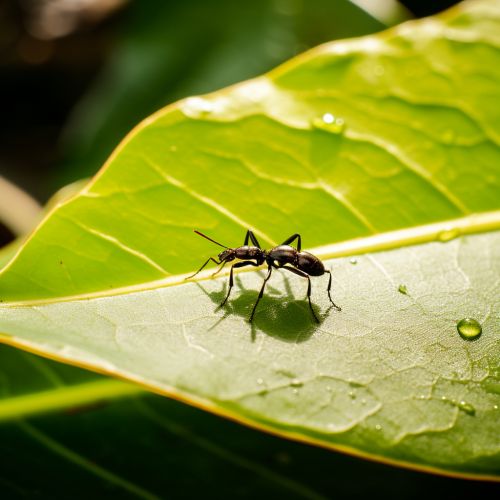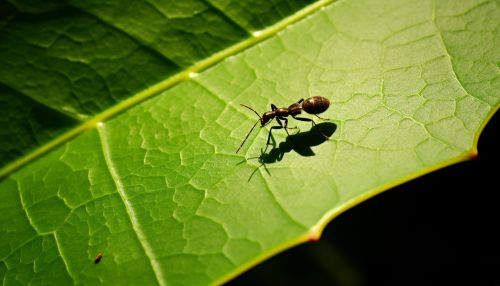Animal navigation
Introduction
Animal navigation refers to the ability of many species to find their way accurately without maps or instruments. Animals such as birds, insects, mammals, and reptiles demonstrate a sense of direction that is often superior to that of humans. This article will delve into the various mechanisms and strategies animals use to navigate their environment, from simple path integration to complex cognitive maps.
Path Integration
Path integration, also known as dead reckoning, is a fundamental navigation strategy used by many animals. It involves keeping track of the direction and distance travelled from a starting point, allowing the animal to return to its origin along a straight path Learn more. This strategy is commonly used by ants, bees, and rodents.


Piloting
Piloting involves using landmarks to navigate. Animals using this strategy will recognize a particular landmark and associate it with a specific location. This strategy is often used in combination with path integration, especially in environments with prominent landmarks such as trees or rocks Learn more.
Compass Orientation
Compass orientation is a navigation strategy where animals move in a specific direction using an environmental gradient or a celestial cue as a compass. This strategy is commonly used by migratory birds and insects, which often use the position of the sun, the moon, or the stars to orient themselves Learn more.
True navigation, also known as map-and-compass navigation, involves the ability to navigate to a specific location using a mental map. This strategy is used by many bird species during their migration, allowing them to return to the same breeding and wintering grounds year after year Learn more.
Environmental Cues
Environmental cues play a crucial role in animal navigation. These cues can be visual, such as landmarks or celestial bodies; olfactory, such as pheromone trails left by ants; or auditory, such as the sound of running water. The use of environmental cues varies greatly among species and depends on the sensory capabilities of the animal Learn more.
Genetic Factors
Genetic factors also influence animal navigation. For instance, migratory birds inherit the ability to navigate over long distances. Similarly, salmon are genetically programmed to return to their birthplace to spawn, navigating through the ocean and rivers using their sense of smell Learn more.
Experience and Learning
Experience and learning play a significant role in animal navigation. Many animals, such as rats and pigeons, improve their navigational skills through experience and learning. They learn to recognize landmarks, remember routes, and even create cognitive maps of their environment Learn more.
Implications and Applications
Understanding animal navigation can have several implications and applications. For instance, studying animal navigation can provide insights into human navigation and spatial cognition. It can also have practical applications in areas such as robotics, where algorithms inspired by animal navigation strategies can be used to develop autonomous robots Learn more.
